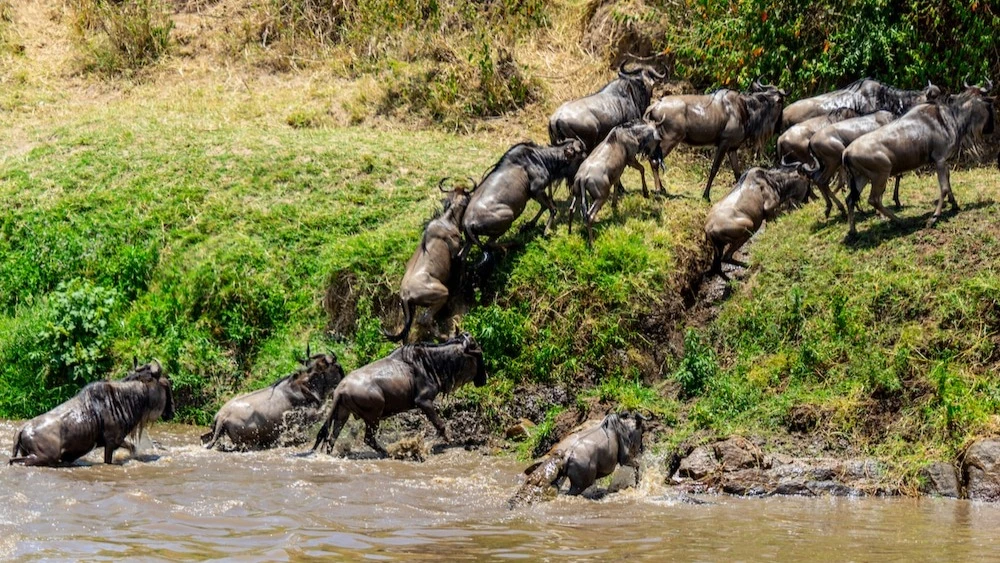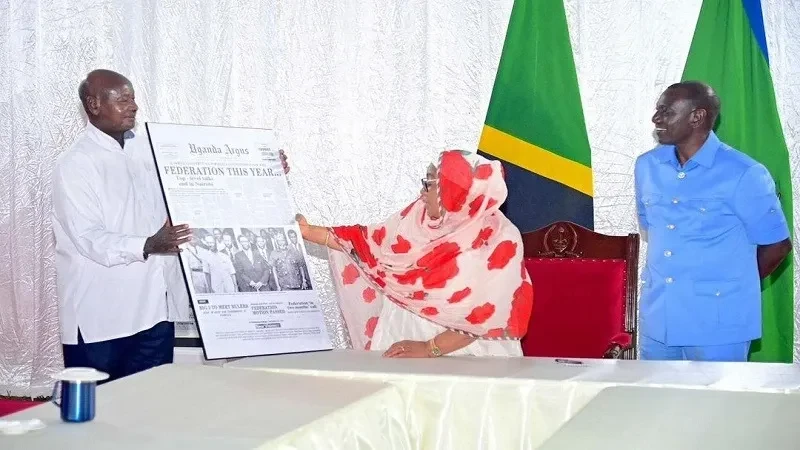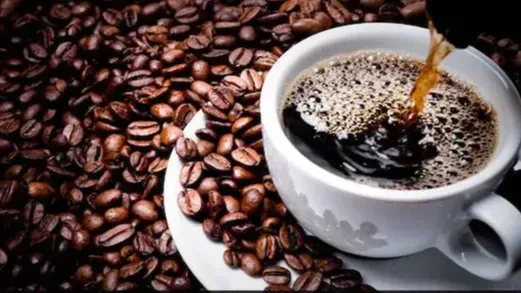TANAPA consult on alleviating wildebeest viewing congestion

TANZANIA National Parks (TANAPA) administrators are taking measures to combat overcrowding at wildebeest migration viewing sites in the Serengeti National Park.
Massana Mwishawa, the deputy conservation commissioner, set out the new initiative here yesterday at a tourism stakeholders meeting, pointing also at reckless speeding by tourist vehicle drivers, arbitrary deviation from recognised viewing routes and frustrating delays at entry points.
Industry watchers say it is a groundbreaking move set to redefine wildlife conservation and tourism traffic management, integrating advanced technologies to address pressing challenges facing the iconic.
There is need for technological interventions due to an overwhelming influx of tourist vehicles and objectionable tourism practices, he stated, identifying crucial wildebeest crossings in the northern Serengeti area as posing the greater difficulty,
It has pushed TANAPA to address these challenges by upgrading essential infrastructure like roads with funds from the central government, he said, noting that five new patrol vehicles for Mara River area will soon be deployed.
This is to enforce strict regulations and alleviate the crippling congestion at the popular Kogatende site, ensuring the protection of this world-renowned wildlife spectacle, he said.
To foster responsible tourism, TANAPA is conducting daily awareness and sensitization sessions for tour guides, in direct response to growing concerns from stakeholders on ecological threats that the viewing stampede can generate.
He expressed fears on the looming threat to the delicate balance of the wildebeest migration, where nearly two million wildebeest cross the Mara River seasonally to the adjacent Maasai Mara Reserve on the other side of the border, when it is greener.
As a marvel of nature, the migration is a pivotal economic engine drawing waves of international tourists and generating substantial revenues, despite that an escalating number of safari vehicles puts viewing points under pressure.
This number adds to high speeds and reckless driving practices, inflicting unprecedented pressure on the conservation area and its rich biodiversity, he said, with analysts saying the forward-thinking plan by TANAPA signals a new era in wildlife conservation and eco-tourism.
By harnessing advanced technology and enhancing infrastructure, TANAPA is not only preserving the integrity of the wildebeest migration but also is set to transform the tourism experience, making it safer, more efficient, and significantly more sustainable.
During the busy peak seasons, the northern Serengeti, which covers 4,000 square kilometres sees up to 600 vehicles daily, with upwards of 4,200 tourists eager to witness the migration.
Wilbard Chambulo, the Tanzania Association of Tour Operators (TATO) chairman and a notable tourism investor, has voiced concerns over reckless driving at the Kogatende viewing area.
In remarks at the stakeholders meeting, he cautioned that uncontrolled speeding and vehicle numbers could turn Kogatende into a dusty and unappealing site.
The high-speed driving, alongside regulation breaches and the clustering of animals disrupts their natural behaviours and creates safety risks, he said.
Dr Emmanuel Massenga of the Tanzania Wildlife Research Institute (TAWIRI) conducted a study showing that vehicle congestion in the northern Serengeti is adversely affecting wildlife and tourist experiences.
The findings suggest that having up to 600 vehicles per day leads to severe congestion at critical migration points like Kogatende, meanwhile as the proliferation of tented camps worsens the situation.
Meeting participants proposed several pivotal recommendations, such as creating special zones with added fees for prime viewing spots like Kogatende, Ndutu and Moru.
TANAPA can take up a booking system to control tourist numbers at a given moment, or spacing out viewing, while one suggestion was a minimum three-day stay in Kogatende to enhance visitor satisfaction.
Meeting participants stressed the necessity for improved infrastructure, including picnic areas and multiple game-viewing locations, underscoring the need for managing invasive species and habitat restoration by planting trees.
The Serengeti, celebrated for its extraordinary migration, is one among the world's premier wildlife reserves, hosting over 1.5m wildebeest along with thousands of zebras and gazelles each year, with famed predators moving alongside the massive herds.
The dramatic Mara River crossing remains a key highlight of this migration, emphasizing its crucial significance in conservation and tourism, he added.
Top Headlines
© 2025 IPPMEDIA.COM. ALL RIGHTS RESERVED






















